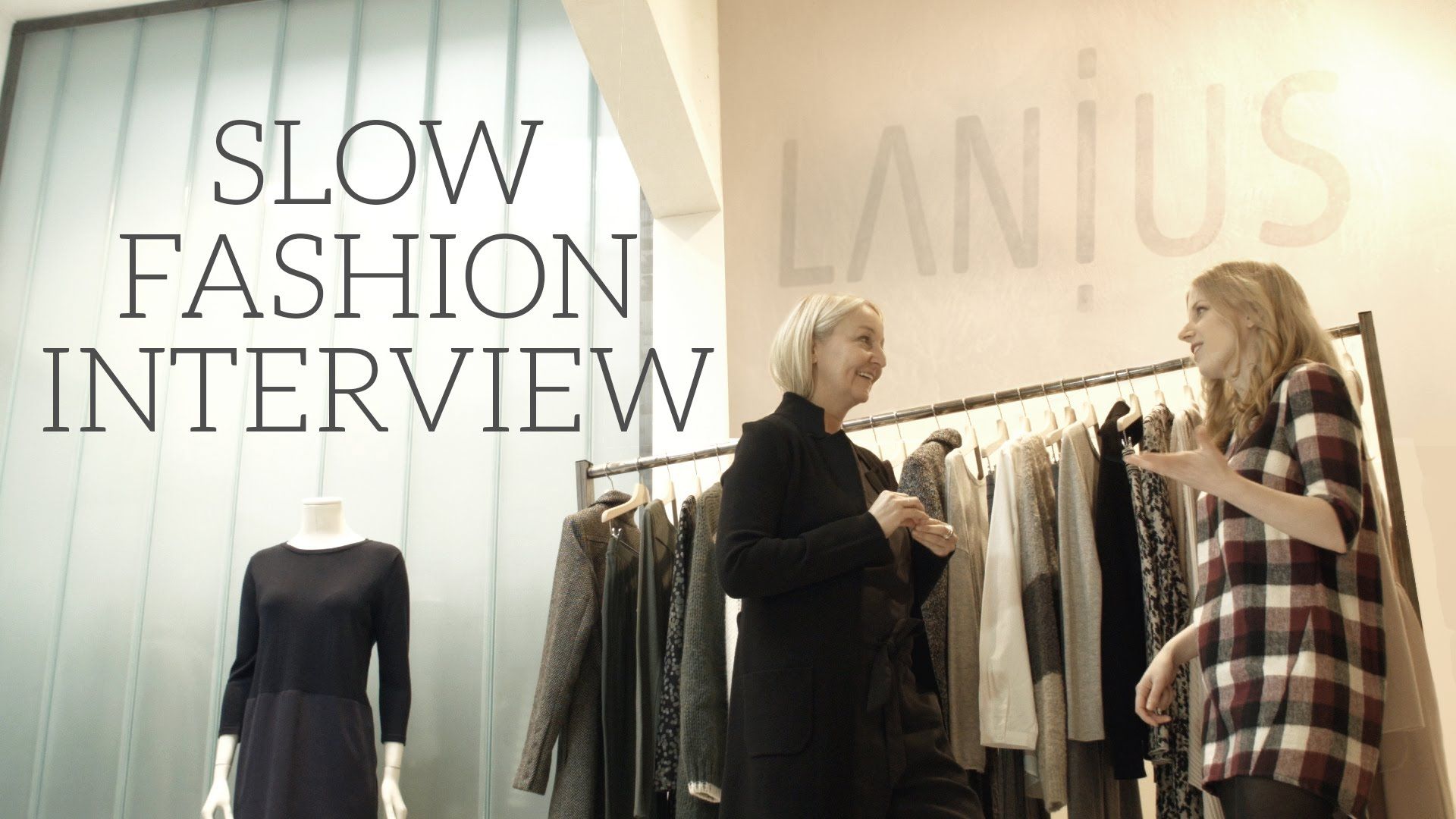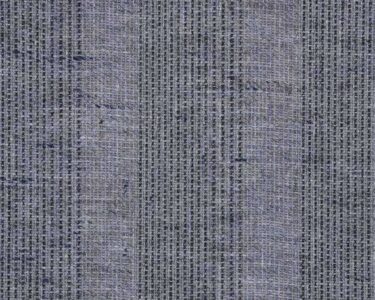Introduction
Sustainability in fashion is not something that can come out just as a fleeting concept; it is rather a testament
of our commitment to this planet. Today, with minimalist fashion steps making waves, slow clothing possibilities
and fair trade labels available for every buyer’s budget range one does not need an expert’s opinion while selecting
their next outfit. All these factors will be discussed in this paper thus indicating how they contribute to an
individualized collection that is also nature-friendly.
1. What are Sustainable Fashion Choices?
Sustainable fashion choices are those clothing materials that reduce environmental impacts while promoting
fairness in their manufacture. It may involve purchasing from environmentally conscious companies, upcycling
outdated clothing or simply acquiring durable items. It involves cutting down on waste and taking into
consideration where our clothes come from.
Fashions that conserve the environment are less polluting, have a smaller carbon footprint and promote harmony
with nature as well as human life. With this in mind, there are several reasons we ought to be concerned about
sustainable fashion. For instance, you can look out for Fair Trade certified items, organic products and/or
companies which are open about their manufacturing methods if you want to live wisely.
2. Minimalist Fashion Trends: Less is More
The minimalist trend in fashion is characterized by simplicity, timelessness and a curated collection of essential
garments. The idea behind this movement is that one can buy fewer items but better ones since quality is more important than quantity.
Building a Minimalist Wardrobe: The first step towards achieving this goal is to determine the pieces you will
need which can be easily combined together. Select designs that are time-honored as well as subdued tones at all times
Benefits of Minimalist Fashion: It makes your dressing easier than before and comes along with elimination of fast changing fashion cycles thus encouraging slower consumerism.
3. Dressings for Slow Fashion: Importance of Quality over Quantity
Contrary to rapid fashion, slow fashion dressings adhere to the principle of buying selected goods. From the basics
of serving all clothing categories, this atypical fashion idea turns into one of its biggest foes; specifically fast fashion.
When an individual in need of clothes faces no other alternative, he or she may choose to buy whatever is available
because there are no restrictions imposed on the types of garments sold by selected fabric shops. Yet such tops will be
forgotten once new ones are brought out and sold at lower prices than expected. On the other hand, an effort put into
fashion history reveals how much human beings appreciate those things that have stood through time like diamonds do
among other stones. This is why scholars spend decades trying to decode Hermes’ secrets or even more than a century on
Mona Lisa’s smile.
Sustainably sourced items include; organic cotton, linen as well as recycled materials including polyester etc. Local artisans and
small-scale businesses which emphasize quality should also be sought after.
Styling tips for Slow Fashion: Use vintage items or second-hand clothes in order to make the outfit original.
Combine classic styles with contemporary accessories so as to maintain a fresh, customized style.
4. The Ethical Fashion Brands at The Front Line
The main focus of ethical fashion companies is on sustainability, workplace safety and decent pay. By buying from them
you are putting your money where your heart is thereby supporting firms that incorporate the welfare of their workers
and environment in their operations.
Brands that are ethical in fashion and should be watched: Since the inception of ethical fashion till nowadays, brands
like Patagonia, Ever lane and Reformation have been providing stylish and sustainable clothing with responsible production.
Identifying an Ethical Brand: Their sites will show you transparency reports, ethical certifications
as well as clear sustainability dedication.
FAQs:
Q1: How can I begin to make sustainable fashion choices?
A: Begin with evaluating your closets, move from quantity to quality and buy from labels that prioritize
environment and social responsibility. Some of the best labels have Fair Trade certificate the greater
part of their production is aimed mainly at helping customers reduce overall consumption.
Q2: What are some simple means of adopting minimalist fashion trends?
A: Concentrate on constructing a capsule wardrobe comprising multipurpose products which can be arranged variously.
Opt for classics having timeless designs along with neutral shades; additionally go for high-quality fabric that lasts longer.
Conclusion
Making sustainable clothing selections, adopting minimalist design trends as well as selecting slow fashion outfits is one
way of realizing this purpose. By supporting ethical fashion brands, one not only becomes more stylish but also helps
in making our planet hence future generations sustainable. Moreover, through sustainable choices we can
demonstrate our care for style as well as environment through our expressions of sartorialism since
fashion is a form of self-expression.




